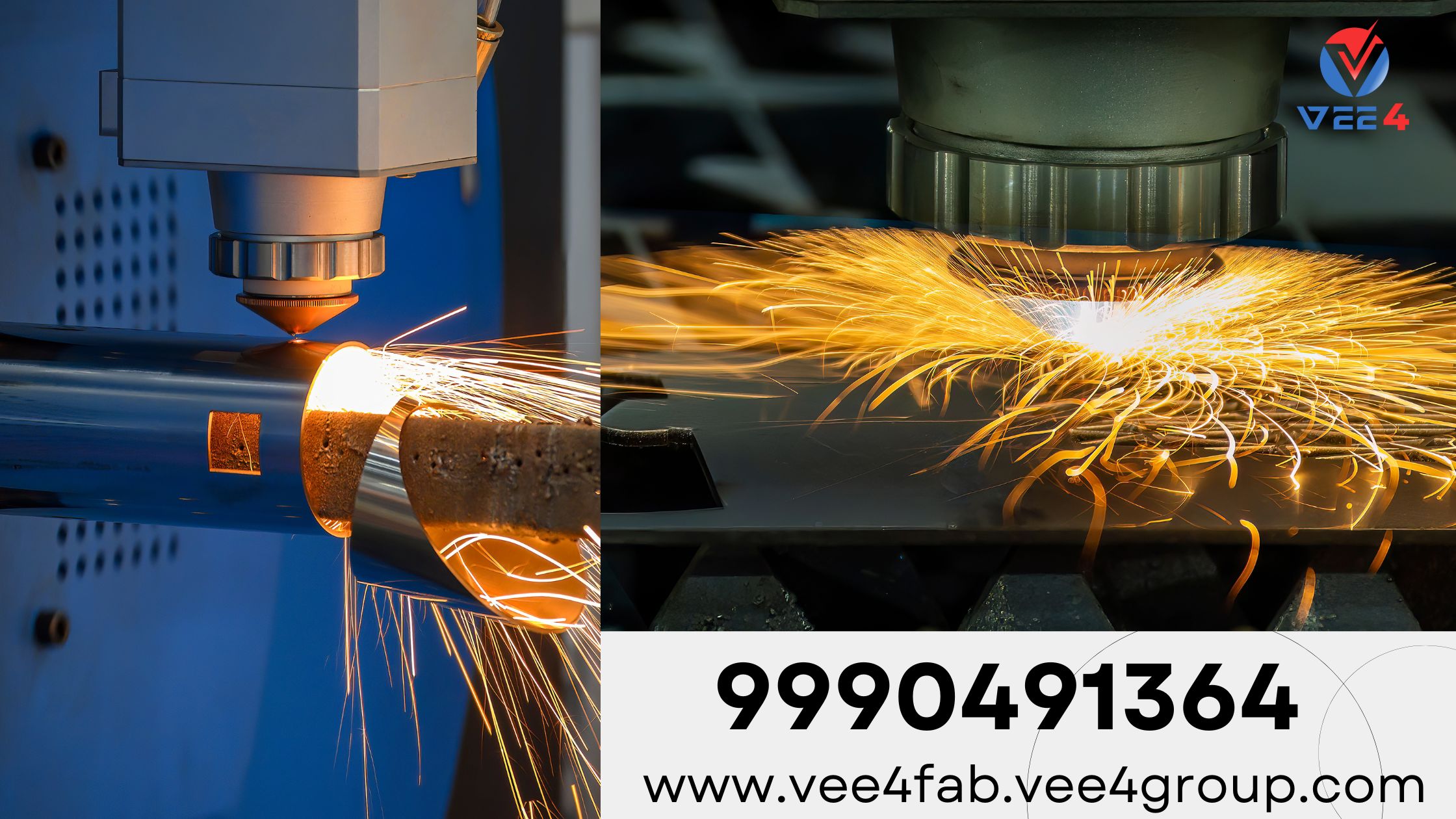Welding is a fundamental process in metalworking, especially when it comes to joining sheet metal. From traditional methods like gas welding to modern techniques such as laser welding, each approach offers unique advantages and applications. In this blog post, we’ll delve into six essential methods of sheet metal welding, exploring their techniques, applications, and advantages.
- MIG Welding:
MIG welding, also known as Gas Metal Arc Welding (GMAW), is a popular method for sheet metal welding. It involves feeding a continuous solid wire electrode into the weld puddle, which melts and fuses the metal pieces together. MIG welding offers high productivity, versatility, and can be used with a variety of metals, making it ideal for automotive, fabrication, and construction industries. - TIG Welding:
Tungsten Inert Gas (TIG) welding is another widely used technique for sheet metal welding. Unlike MIG welding, TIG welding uses a non-consumable tungsten electrode to create the arc. It offers precise control over the welding process, producing clean and high-quality welds. TIG welding is commonly used in industries where aesthetics and precision are crucial, such as aerospace and electronics. - Stick Welding:
Stick welding, or Shielded Metal Arc Welding (SMAW), is a manual welding process that utilizes a flux-coated electrode. This method is suitable for welding thick sheets of metal, including iron and steel, in outdoor or remote locations where other welding processes may not be feasible. While stick welding requires more skill and experience, it remains a reliable option for various applications, including construction, pipelines, and maintenance. - Plasma Arc Welding:
Plasma arc welding shares similarities with TIG welding but offers greater control and efficiency. It uses a tungsten electrode and a pressurized gas to create a hot plasma arc, resulting in precise and high-quality welds. Plasma arc welding is commonly used in industries requiring intricate welds, such as aerospace, automotive, and electronics manufacturing. - Electron Beam and Laser Welding:
Electron beam and laser welding are advanced techniques that utilize electron beams or laser beams as heat sources to join metal sheets. These methods offer exceptional precision, minimal heat-affected zones, and high welding speeds, making them suitable for specialized applications in industries such as medical device manufacturing, semiconductor fabrication, and aerospace engineering. - Gas Welding:
Gas welding, a traditional method of welding, involves using heat generated from burning fuel and oxygen to join metal sheets. While less commonly used in industrial settings due to its slower process and lower efficiency compared to modern welding methods, gas welding remains relevant in artisanal and artistic welding applications, as well as in repair and maintenance work.
Read more…..


Very interesting subject, regards for putting up.Blog range
I am really inspired along with your writing talents as neatly as with the
structure for your blog. Is this a paid topic or did you modify it yourself?
Anyway stay up the nice quality writing, it’s uncommon to see a great
blog like this one today. Snipfeed!